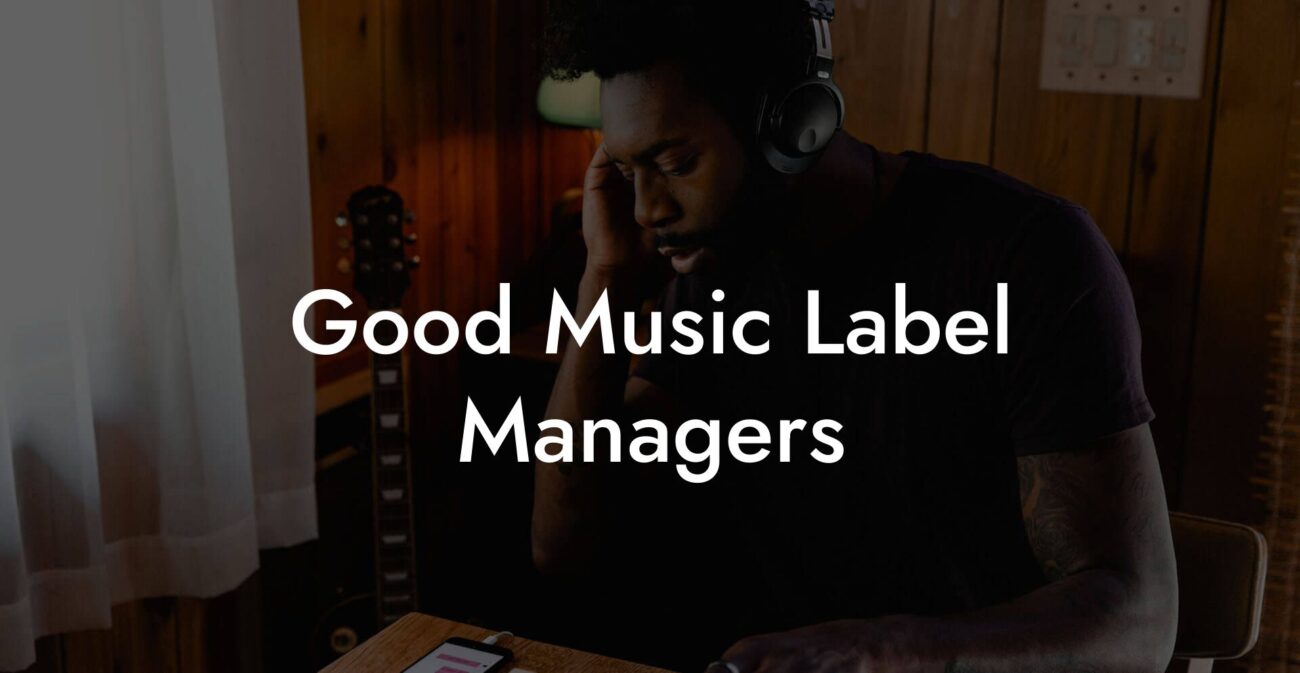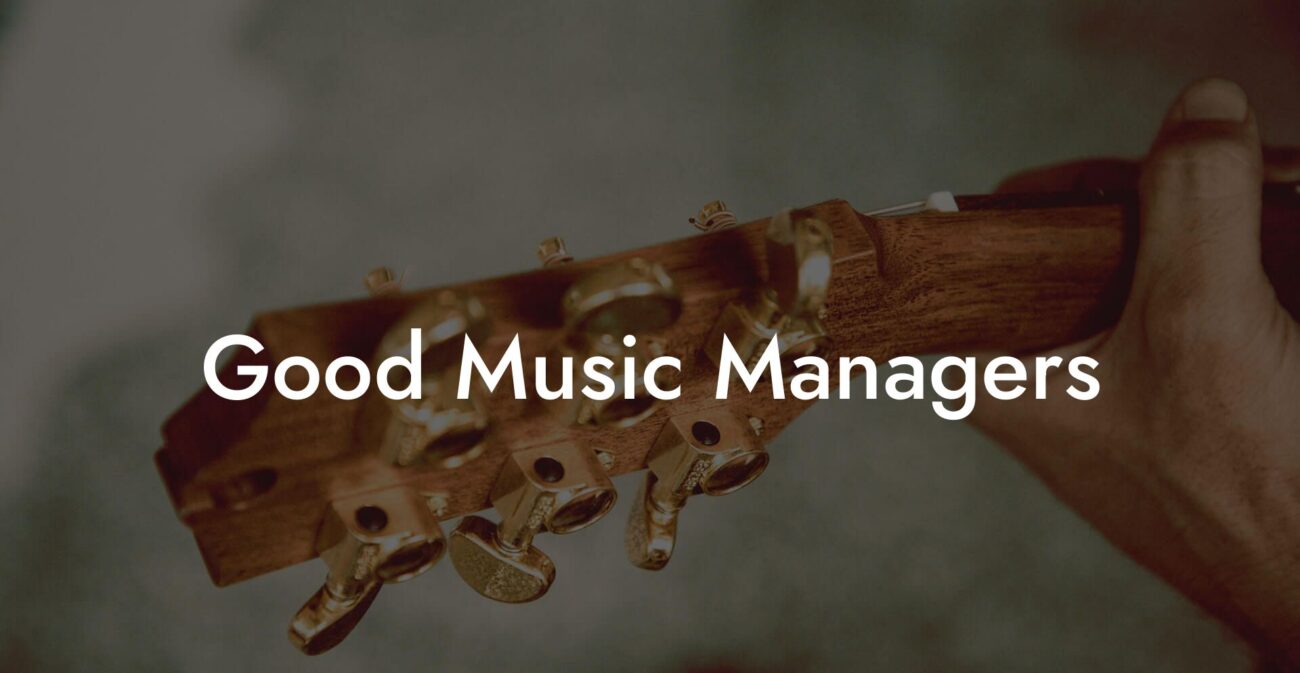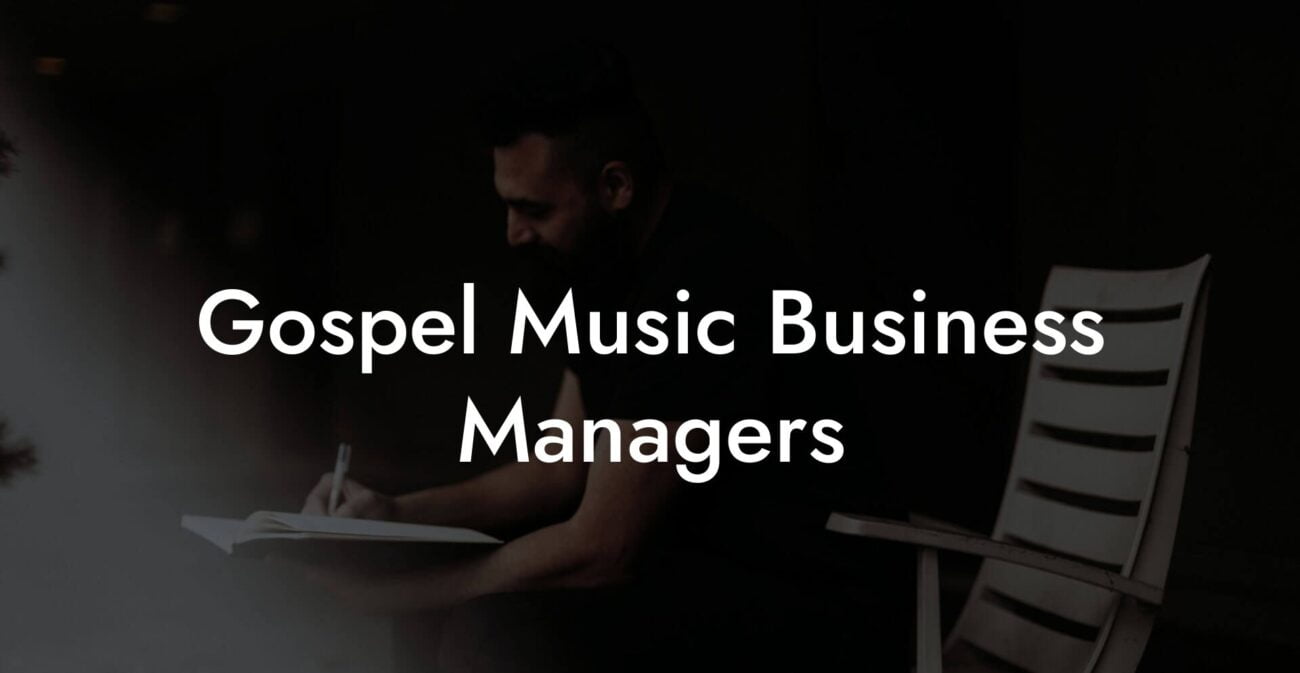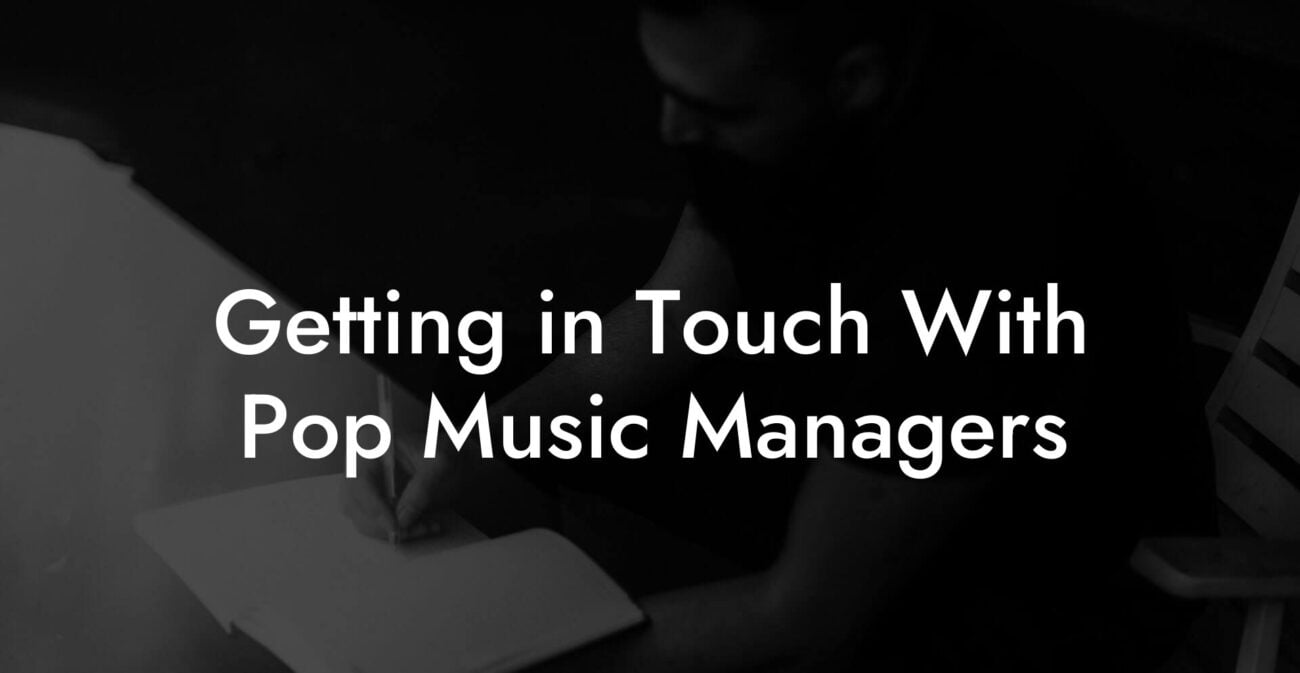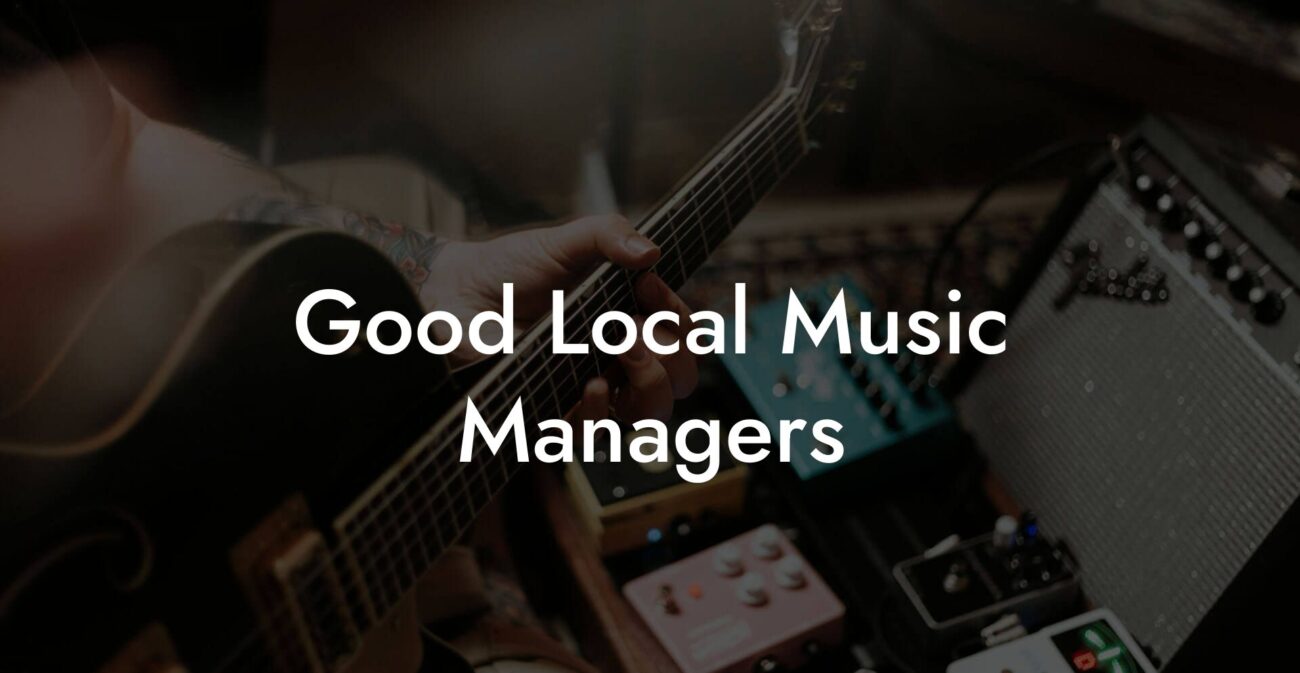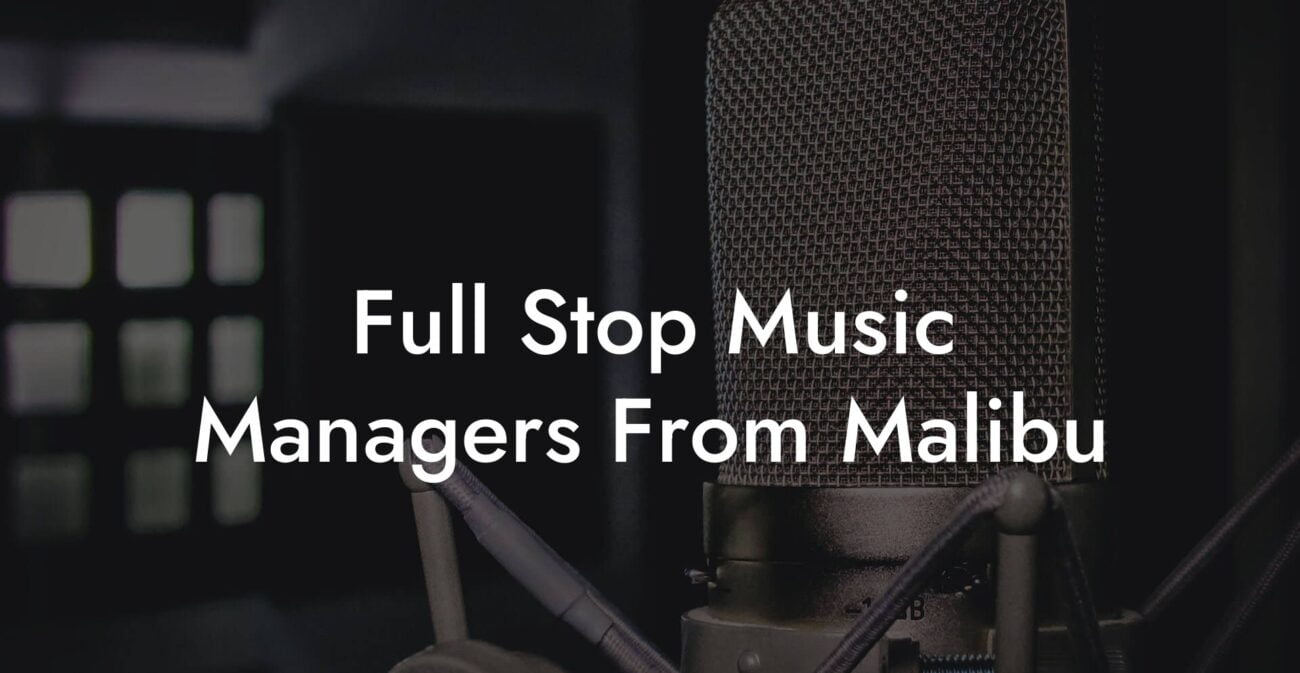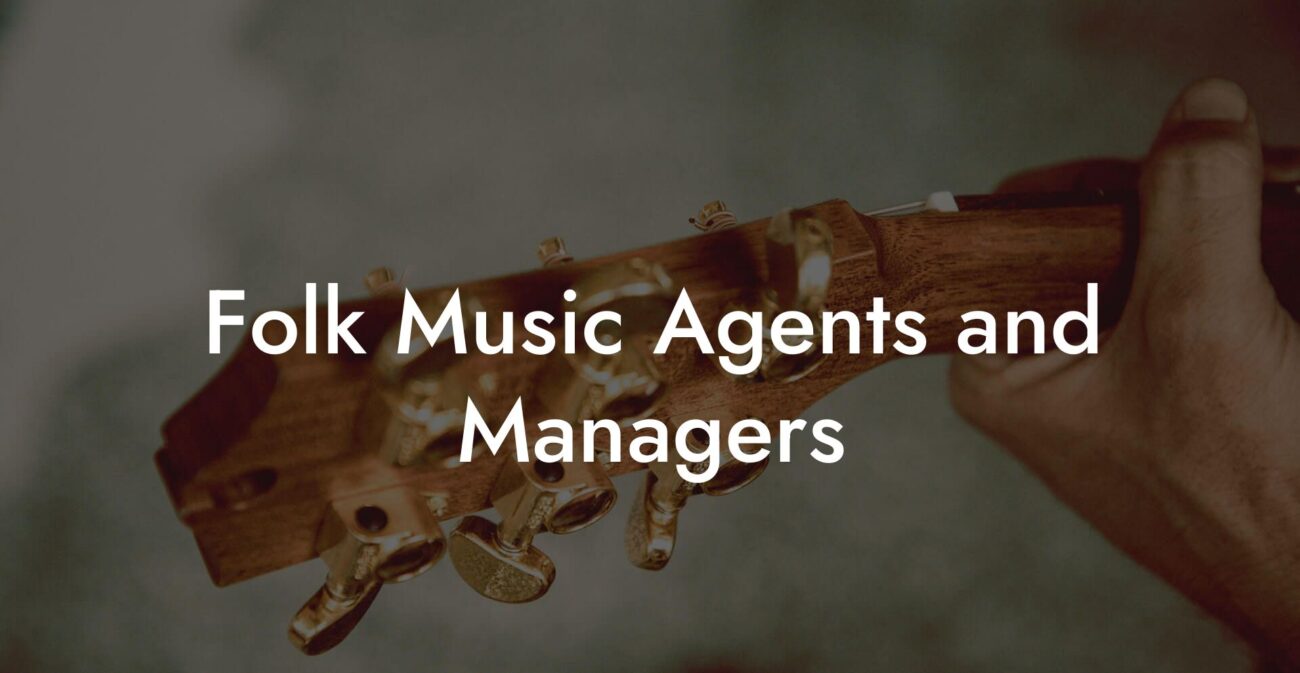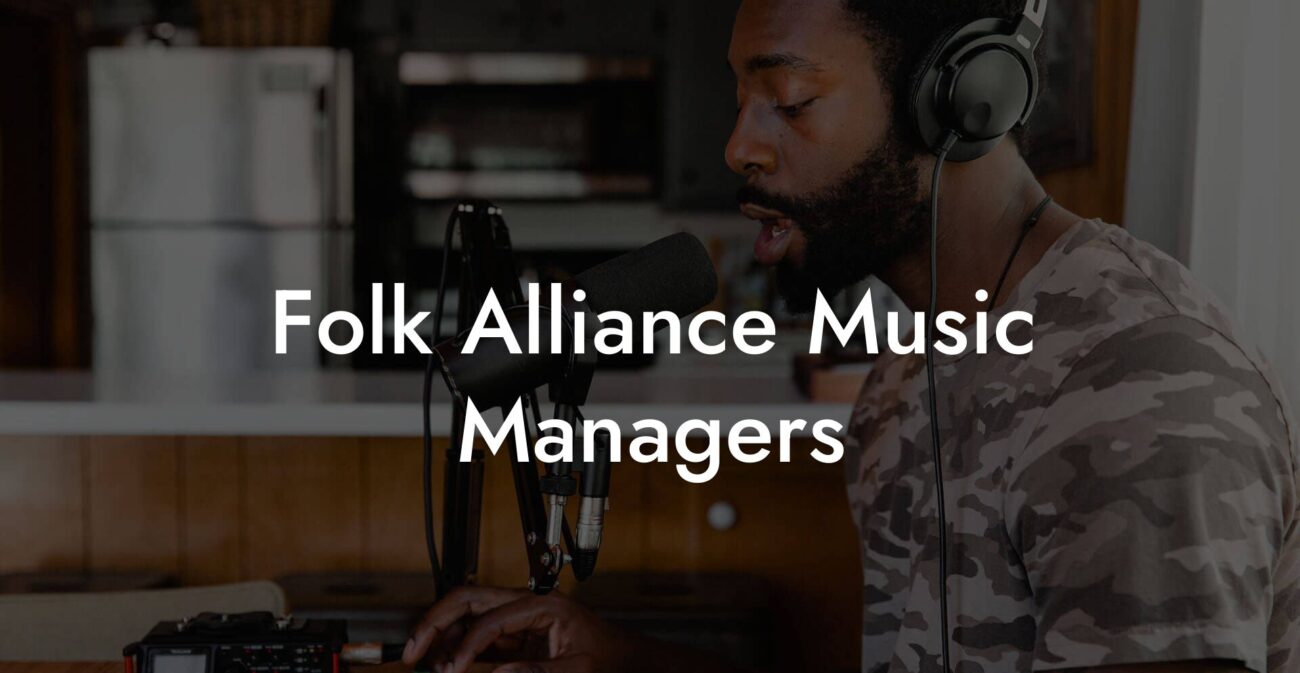Songwriting Advice
How To Write A Chorus
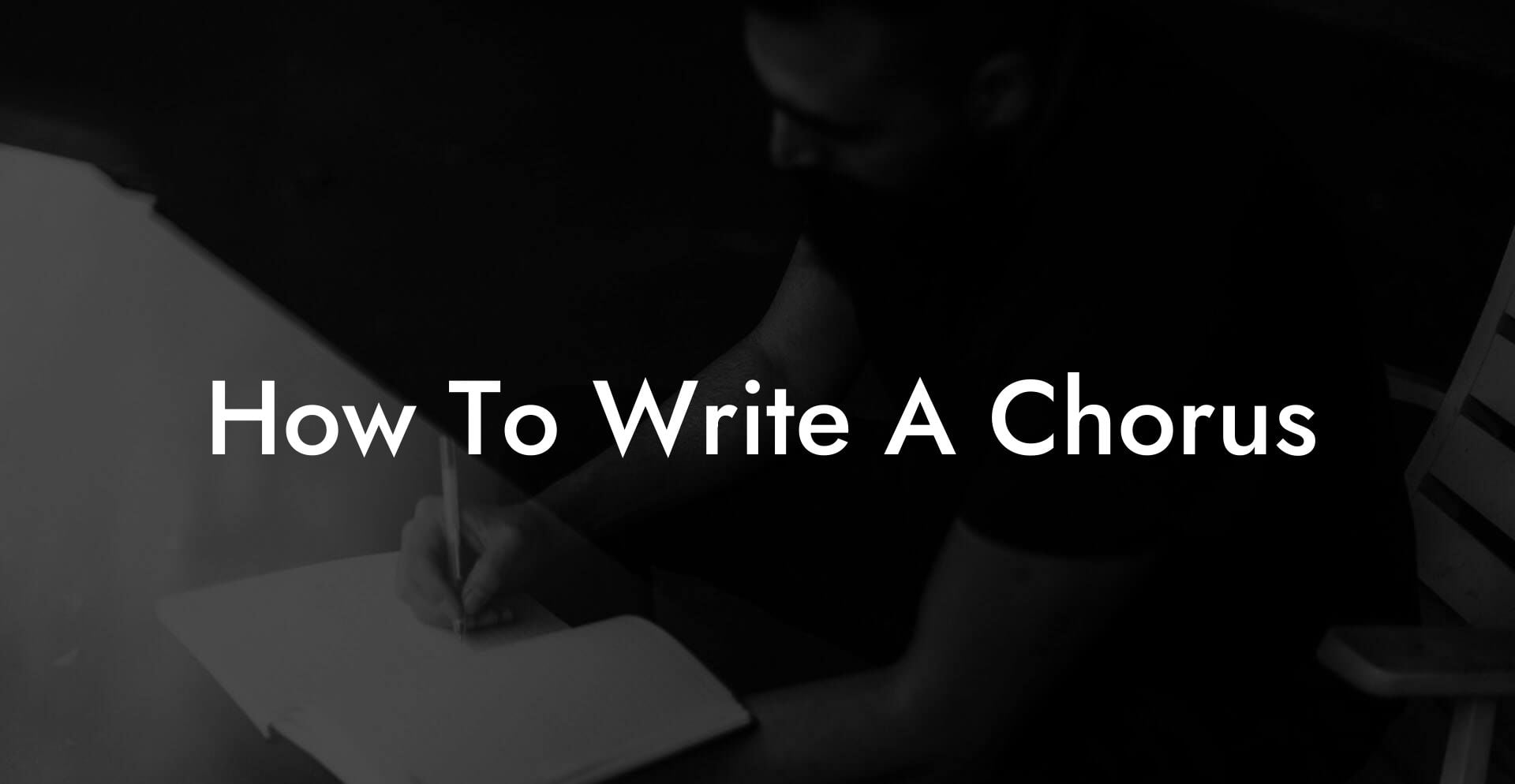
You want a chorus that people sing the second they learn the words. You want a hook that slaps in the brain and refuses to leave. You want your chorus to be the loud part of the song and the thing your listener texts a friend at 2 a.m. This guide gives you everything you need to write choruses that do that work. No fluffy advice. No theory homework you will never do. Just practical steps, real examples, and drills you can use today.
Quick Interruption: Ever wondered how huge artists end up fighting for their own songs? The answer is in the fine print. Learn the lines that protect you. Own your masters. Keep royalties. Keep playing shows without moving back in with Mom. Find out more →
Quick Interruption: Ever wondered how huge artists end up fighting for their own songs? The answer is in the fine print. Learn the lines that protect you. Own your masters. Keep royalties. Keep playing shows without moving back in with Mom. Find out more →
Quick Links to Useful Sections
- What Is A Chorus And Why It Matters
- Core Principles For A Chorus That Sticks
- Start With The Emotional Promise
- Chorus Anatomy
- Melody: Make It Easy To Sing
- Range
- Leap Then Step
- Vowels And Singability
- Rhythmic Shape
- Lyrics: Say One Thing And Mean It
- Make The Language Everyday
- Use A Ring Phrase
- Include A Consequence
- Real Life Scenario
- Prosody: Make Words Fight Less With Music
- Harmony And Chord Choices That Support The Hook
- Arrangement: Make The Chorus Feel Bigger
- Types Of Choruses And When To Use Them
- The Repeat Chorus
- The Evolving Chorus
- The Climactic Chorus
- Topline To Chorus Workflow That Actually Works
- Before And After Chorus Examples
- Hook Craft: Melody And Lyric Together
- Vocal Production Tips For Choruses
- Common Chorus Mistakes And How To Fix Them
- Too Many Ideas
- No Lift From Verse
- Title Hidden In A Busy Line
- Prosody Tension
- Chorus Writing Exercises You Can Do In Ten Minutes
- Object Chorus
- One Word Chorus
- Time Stamp Chorus
- How To Finish A Chorus Fast
- Examples You Can Model Right Now
- How To Make Your Chorus Work Live
- FAQ
- Action Plan You Can Use Today
This is written for artists who want to turn ideas into singable moments. If you are a bedroom songwriter, a touring act, or a TikTok poet with a beat app, this will make your chorus better and faster. We explain any music term and acronym we use so you never feel left out of the studio conversation. We also use real life scenarios so the concepts land like a punch line.
What Is A Chorus And Why It Matters
A chorus is the central repeated part of a song that carries the main message. People often call it the hook. A hook is any part of a song that sticks. The chorus is usually the biggest hook. It is where the title lives and where the emotional promise of the song is stated clearly. Good choruses are easy to hum, fast to understand, and satisfying to repeat.
Why this matters for your career: playlists reward repeatable moments. Fans make videos of the chorus. Radio DJs ask for it. Promoters hum it when they decide to book you. If your chorus is weak the song will have no spine even if the production is insane.
Core Principles For A Chorus That Sticks
- One clear idea stated simply so a friend can type it into a text after one listen.
- Immediate identity The chorus should feel like the song the moment it starts.
- Singability The melody should be easy to sing and land on comfortable vowels.
- Prosody Word stress must match musical stress. Prosody means the rhythm and emphasis of spoken language. If the stressed words fall on weak beats the chorus will feel off even if everything else is perfect.
- Contrast The chorus should feel different from the verse in melody, texture, or energy. Contrast is the secret sauce that makes repetition feel satisfying.
Start With The Emotional Promise
Before any chord, write one sentence that states exactly what the chorus is saying. This is your emotional promise. Say it like you would text a friend at 1 a.m. No metaphors unless you are wild and committed.
Examples
- I finally walked out and I feel lighter than I thought I could.
- We are young and this rooftop will never forget our names.
- I will call you in my head but I will not call you for real.
Turn that sentence into a title. A title is useful because listeners need a small chunk of words to repeat. If the title is messy fix it. Short is usually better. A title that looks good in a text message is a strong candidate for a chorus anchor.
Chorus Anatomy
Break the chorus into parts so you can build it piece by piece.
- Lead line This is the line that states the core promise. It often contains the title.
- Support lines One or two lines that add a consequence or detail.
- Closure line A repeat or a twist that sends the listener back to the verse or into the next chorus.
Most modern choruses are one to four short lines. Keep it tight. Repetition is your friend if it is musical and emotional.
Melody: Make It Easy To Sing
Melody is where choruses live or die. Here are the melodic rules that save hours of wasted rewriting.
Range
Keep the chorus within a comfortable range for your voice. If you sing the chorus too high on a leap that you cannot sustain every night the live performance will suffer. Move the chorus a small interval higher than the verse to create lift. Example: raise the chorus by a third. That is enough to make the chorus feel elevated without being punishing.
Leap Then Step
Start the chorus with a small leap into the title. The leap gives the ear a signpost. Follow the leap with stepwise motion to make the rest easy to sing. If you lean on repeated small intervals the chorus becomes hum friendly and radio ready.
Vowels And Singability
Open vowels like ah and oh are easy to hold and sound big. If you land the title on an open vowel you give singers and listeners a big place to breathe. Avoid stuffing long consonant clusters on the longest held notes.
Rhythmic Shape
Use a rhythmic shape that contrasts with the verse. If your verse is busy with a lot of words, give the chorus more sustained notes. If the verse is sparse, deliver a rhythmic chorus that gets the listener clapping along. Rhythm is memory. A tight rhythmic hook is as powerful as a melodic hook.
Lyrics: Say One Thing And Mean It
Think of the chorus lyric like a billboard. From the highway the message must land. Avoid scattering your argument across five different images. The chorus is the thesis. The verses are the footnotes.
Make The Language Everyday
Use conversational language. Imagine telling your crush or your ex the thing you really mean. That voice will read better than anything ornate. If you want a poetic moment, save it for a brief line that the chorus can repeat.
Use A Ring Phrase
A ring phrase means the chorus starts and ends with the same short line or word. That circular approach helps memory. Example: Start with I will not call and end with I will not call. The repetition is a hook by itself.
Include A Consequence
After stating the main idea add one line that shows what happens because of the main idea. For example if the chorus is I am over you the support line might be I sleep with the curtains open to remind myself it is morning. Consequences make the hook feel lived in.
Real Life Scenario
Imagine you are at karaoke and your chorus plays. The audience needs to know when to sing. If your chorus contains one clear line that prints itself on the brain the whole room will belt it without the lyric in front of them. If the chorus rambles the room will just nod and go back to drinking.
Prosody: Make Words Fight Less With Music
Prosody is where many choruses fail even though the melody and lyric are fine on paper. Prosody is matching the natural stress of words with the strong beats of the music.
Do this test
- Speak the chorus at normal conversation speed.
- Mark the syllables you naturally stress.
- Play the chorus melody and mark the strong beats.
- Make sure the stressed syllables land on the strong beats.
If they do not line up rewrite the line. Move the word you want to emphasize earlier or later. Prosody fixes are surgical and massively effective.
Harmony And Chord Choices That Support The Hook
The wrong chord under a chorus can deflate the best melody. Keep the harmony simple and powerful.
- Tonic stability Start the chorus on the tonic chord more often than not. This gives the listener a place to land.
- Borrow for lift Borrow a single chord from the parallel mode to create bright contrast. For example in a song in C major borrow an A minor to introduce a bittersweet color. Borrowing means taking a chord that is not diatonic to the key but feels emotionally correct. This one trick gives the chorus a cinematic twist.
- Pacing Use longer chord durations in the chorus to let the melody breathe.
Arrangement: Make The Chorus Feel Bigger
Arrangement is storytelling with sound. You need to create a clear sonic rise into the chorus so the listener feels reward.
- Entrance Remove elements before the chorus for impact. A blank space of one beat or a small drum fill will make the chorus land harder.
- Texture Add backing vocals, pads, or guitars in the chorus. Small doubling of the vocal adds size.
- Signature sound Give the chorus one small sonic thing that belongs to it. For example a vocal chop, a synth stab, or a guitar motif. That thing becomes the chorus fingerprint.
Types Of Choruses And When To Use Them
The Repeat Chorus
Same words sung each time. Best for anthems and songs that want a sing along. Easy to remember and strong for live shows.
The Evolving Chorus
Words or melody change slightly each repeat. Use when the story needs to move forward. Example: Second chorus adds a new line that raises stakes. This keeps interest without losing the hook.
The Climactic Chorus
Save your biggest vocal and harmonic energy for the final chorus. Add the highest harmony and extra instruments to make the last chorus feel like a summit.
Topline To Chorus Workflow That Actually Works
Topline is a songwriting term that means the vocal melody and lyric above the track. Here is a fast workflow to build a chorus from scratch.
- Vowel pass Improvise melody using only vowels over a simple two chord loop. Record it. Do not think about words.
- Mark gestures Listen back and mark the two or three melodic gestures that feel like repeats.
- Rhythm map Clap or tap the rhythm of the gestures. Count the syllables that will fit.
- Title placement Place the title on the most singable note in the gesture. Make the title short and vocal friendly.
- Fill Add one or two support lines that give consequence, image, or an emotional pivot.
- Prosody check Speak the lines and align stresses to the beat. Adjust words until they sit naturally.
Before And After Chorus Examples
Before I am not happy without you and I miss the nights we had together.
After I take back my old T shirt and I stop waiting by the phone.
Before We had time and we wasted it and I regret it now.
After We left our names on the backseat and never came back to get them.
See how the after lines are specific. The concrete images carry the feeling. That is how chorus language should work when it is not trying too hard to be poetic.
Hook Craft: Melody And Lyric Together
A chorus hook can be melodic, lyrical, or rhythmic. The best hooks combine two or all three. You want a melodic catch, a lyric line that people can repeat, and a rhythmic pattern that is simple to mimic.
Example of combination
- Melody: a leap into the title with an open vowel
- Lyric: a short phrase like I am already gone
- Rhythm: a syncopated repeat of the final word so listeners clap on the same beat
Vocal Production Tips For Choruses
The way you record the chorus voice matters. Even a low budget recording can sound massive with the right moves.
- Double the lead Record a second pass of the same vocal and pan slightly left and right. Use small timing differences for natural width.
- Harmony Add one or two simple harmony lines in the second chorus. Keep harmonies simple and diatonic unless you are intentionally creating tension.
- Ad libs Leave space for one or two ad libs in the final chorus. Fans love the raw human moment when you add an extra scream or a soft spoken phrase.
- Compression taste Use compression to glue the chorus vocals but avoid squashing the dynamics entirely. You want presence without loss of energy.
Common Chorus Mistakes And How To Fix Them
Too Many Ideas
Fix by writing your emotional promise and deleting any line that does not support it. If a sentence introduces new drama it belongs in a verse not the chorus.
No Lift From Verse
Fix by raising range, changing rhythm, or changing texture. The chorus must feel like a reward. Try moving the chorus melody up by a third and adding a vocal double.
Title Hidden In A Busy Line
Fix by placing the title on the downbeat or on a long note. Let it breathe. If you have to explain where the title is you buried it too deep.
Prosody Tension
Fix by aligning stressed syllables with strong beats. Say the line at conversation speed and shift words until the stresses match the groove.
Chorus Writing Exercises You Can Do In Ten Minutes
Object Chorus
Pick an object close to you. Write a chorus where that object becomes the emotional proof. Ten minutes. Example object coffee mug. Chorus could be I stole your coffee mug and I remember how it tasted like Tuesday mornings.
One Word Chorus
Pick one strong word and build a chorus around repeating that word with small variations. This works great for chants and club moments. Example word freedom. Use lines like Freedom on the roof, Freedom in my bones, Freedom when the lights go down.
Time Stamp Chorus
Write a chorus that includes a specific time of day and a location. Time stamps make the chorus feel anchored and true. Example 3 a.m. and the subway station.
How To Finish A Chorus Fast
- Lock the title and make sure it is short.
- Confirm the melody has a small leap at the start and mostly stepwise motion after.
- Speak the lyrics and check prosody. Fix any misaligned stress.
- Choose one production move that will make the chorus bigger. Commit to it for the demo.
- Play the chorus to three people without explaining the song. Ask what they remember. If they recall the chorus you are winning.
Examples You Can Model Right Now
Scenario Break up resolve on a Sunday morning.
Chorus I leave the kettle on, I let the ice melt in the sink. I fold the nights away like old letters and I do not blink.
Scenario First night of freedom after a long relationship.
Chorus I walk the city like I own it. My shoes remember how to dance. The streetlights call my name and I finally answer back.
Scenario A fast club chorus that needs a chant.
Chorus Turn it up. Turn it out. We will never slow down. Hands up now. Hands up now.
How To Make Your Chorus Work Live
Think about the first time someone hears the chorus in a live room. Can they sing it after one listen? Live performance exposes weaknesses very quickly. Here is what to test in rehearsal.
- Can you sing the chorus with the same energy three nights in a row without strain?
- Does the crowd know when to sing based on a musical cue?
- Can the chorus be played acoustically and still make sense?
If the answer to any of these is no rewrite until it is yes. The live test is merciless but honest.
FAQ
How long should a chorus be
A chorus is usually one to four lines repeated with a clear musical identity. Keep it short and repeatable. If you need more words to make a point you might be writing a verse not a chorus. Aim for memory and singability over explanation.
Where should the title go in a chorus
Place the title on the downbeat or on a held note. Repeat it at least once. The title should be easy to sing and to text. A title that can be shouted in a crowd is a strong title.
Can a chorus be just a rhythmic chant with no words
Yes. A chorus can be a vocal chant or a repeated melody with syllables like oh or hey. Many dance records rely on vocal hooks that are syllabic rather than lyrical. The key is repetition and identity.
Is prosody really that important
Yes. Prosody makes a chorus feel natural. If the lyric stress fights the music the chorus will feel wrong even if the words are clever. Always speak the line out loud and check where the natural stresses fall.
Do I need to write different choruses for radio and for streaming
Not necessarily. However consider the first minute rule. Streaming and radio reward early payoff. Get your hook in quickly and make the chorus memorable. If you have to shorten a chorus for a format keep the core idea intact.
Action Plan You Can Use Today
- Write one sentence that is your emotional promise. Make it textable.
- Make a two chord loop and do a vowel pass for two minutes. Record it.
- Pick the best melodic gesture and place your title on the most singable note.
- Write one or two support lines that show a consequence. Keep the chorus one to four lines long.
- Speak the chorus and align prosody to the beat. Move words until the stress falls naturally on strong beats.
- Add one production trick to widen the chorus and test it live or in a demo on three people.
- Lock it when everyone in the room sings the chorus back without knowing the verses.

